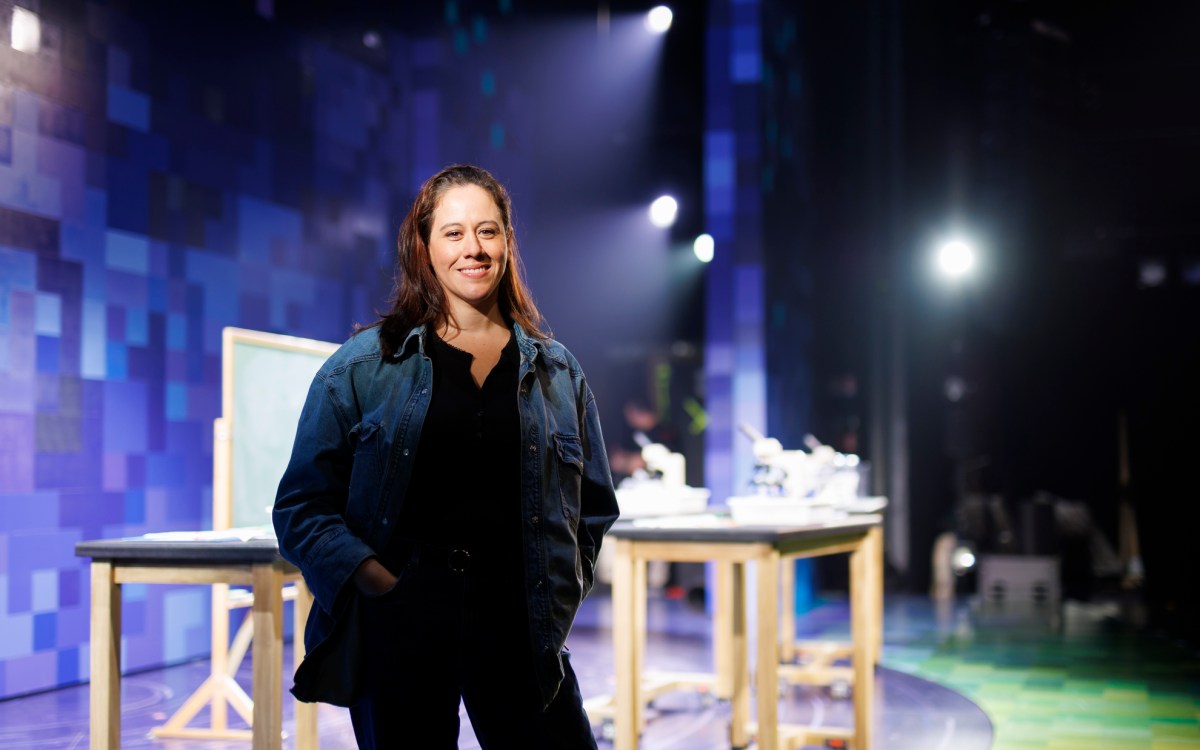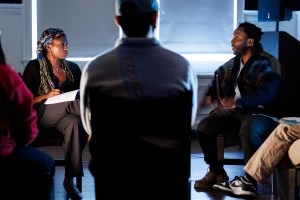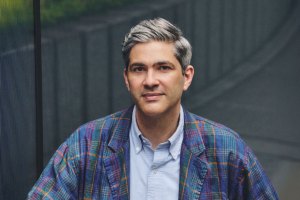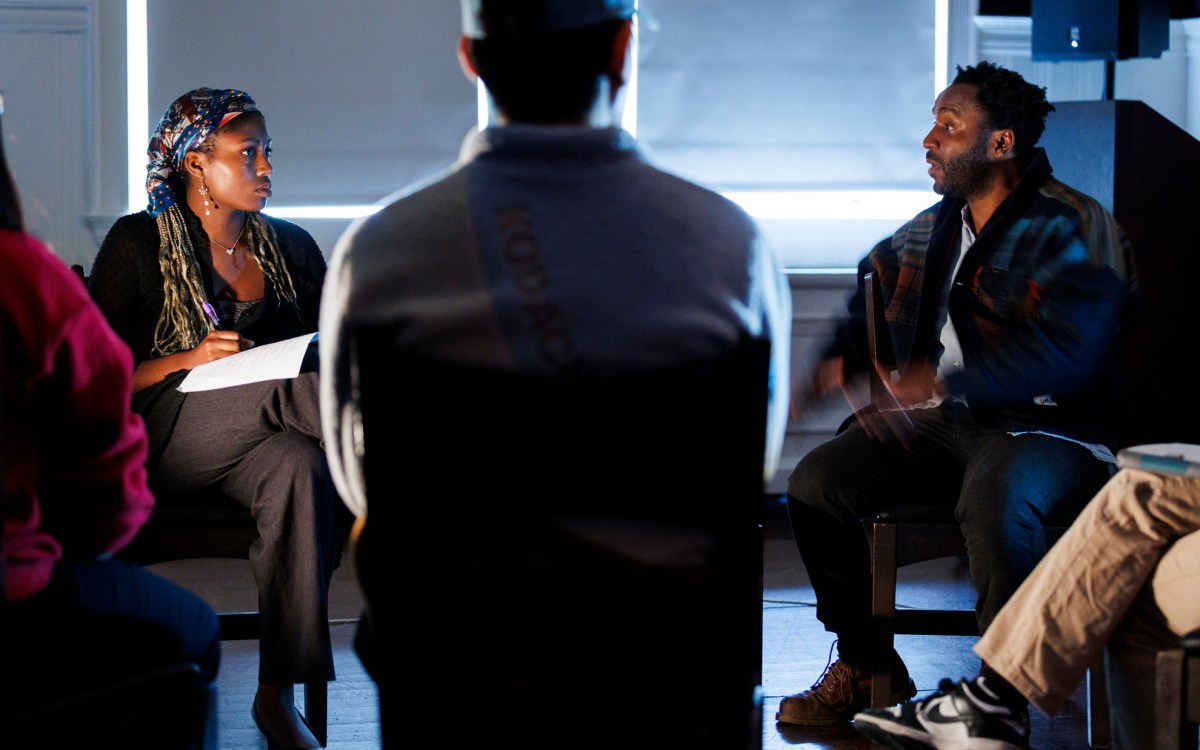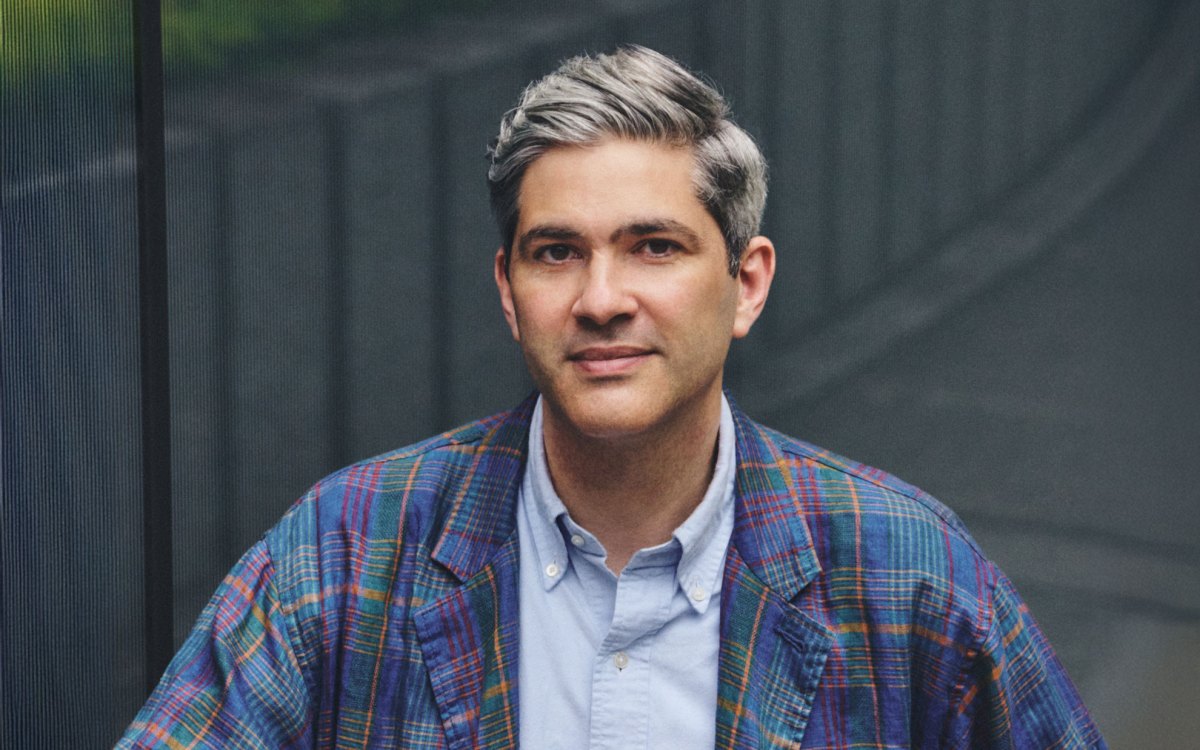Harvard archivists’ favorite finds
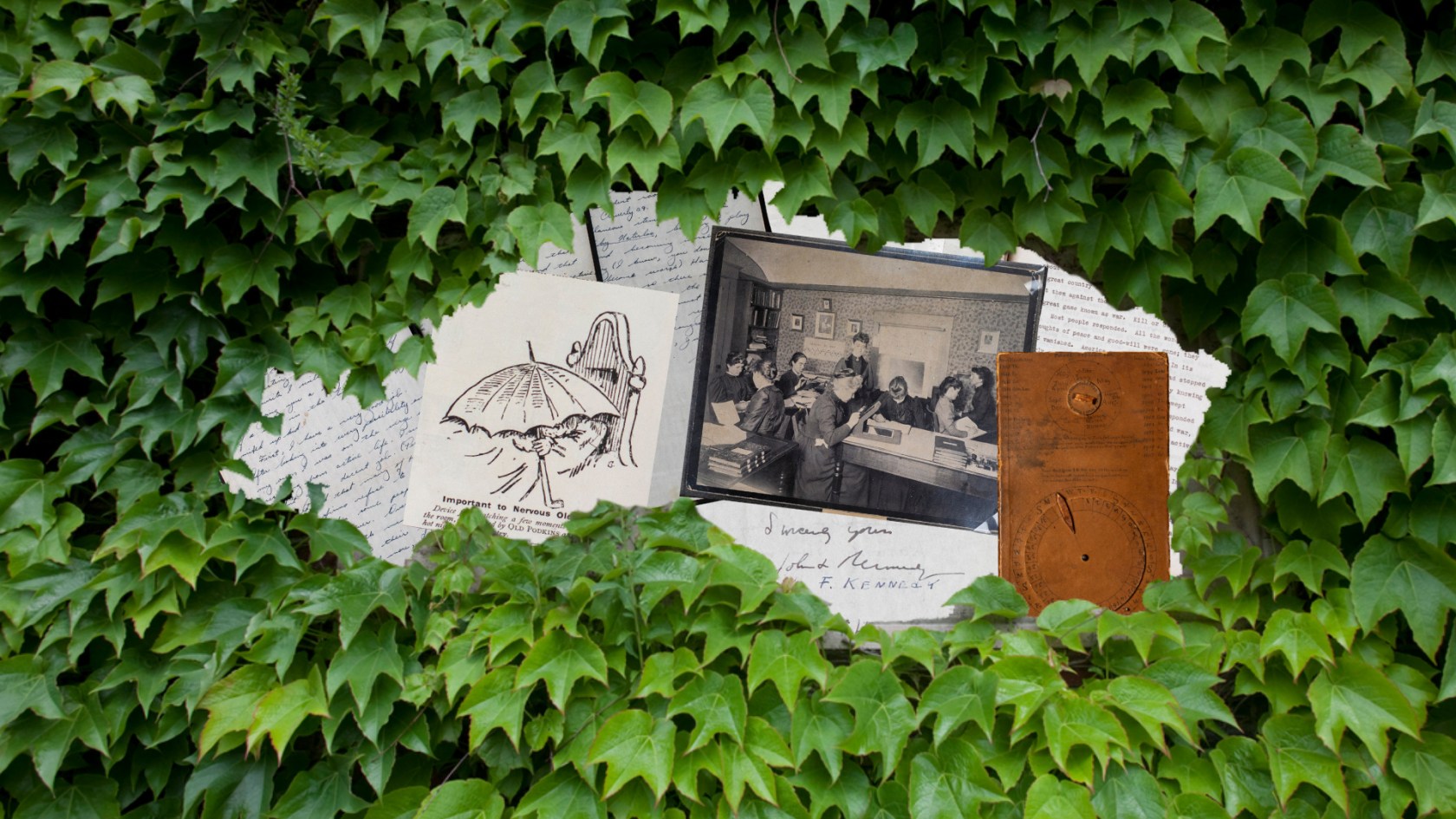
Illustration by Liz Zonarich/Harvard Staff
Library staff pick objects that tell story of both University, America for ‘Inside Out’ exhibit
A handwritten note from former President John F. Kennedy to his Harvard College classmates. A 1905 letter from W.E.B. Du Bois to his mentor, Albert Bushnell Hart, discussing race relations in America. A screen capture of The Harvard Crimson from March 2020 with the headline: Harvard President Bacow Tests Positive for Coronavirus.
Drawn from the Harvard University Archives, these items — on display through April 30 in the “Archives Inside Out” exhibit — tell a story of Harvard that is also a story of America. They also show how items enter the archival record and become part of Harvard, and American, history.
“We wanted to demystify the work that we do and make it more accessible to the public,” University Archivist Virginia Hunt said of the goal of the exhibit. “The items on display celebrate Harvard’s institutional and community history while showcasing the unique expertise of our dedicated staff.”
Exhibit curators invited their colleagues to submit their favorite items, with an eye to surfacing pieces of history that shed a light on the nature of archival work. Staff were asked: What stands out to you and why? When you go home to your family and you talk about your day, what are you excited to talk about? What is your special find from the collections?
“This was a unique exhibition model and we wanted to get input from all our staff,” said Sarah Martin, Associate University Archivist for Community Engagement. “From the submissions, we selected items that not only tell compelling stories but also best represent the form and function of the University Archives.”
Below are select items from the exhibit, with accompanying text from the archivist who chose it. The full exhibit is open to the public and on display in Pusey Library’s Lammot du Pont Copeland Gallery through the end of the month.

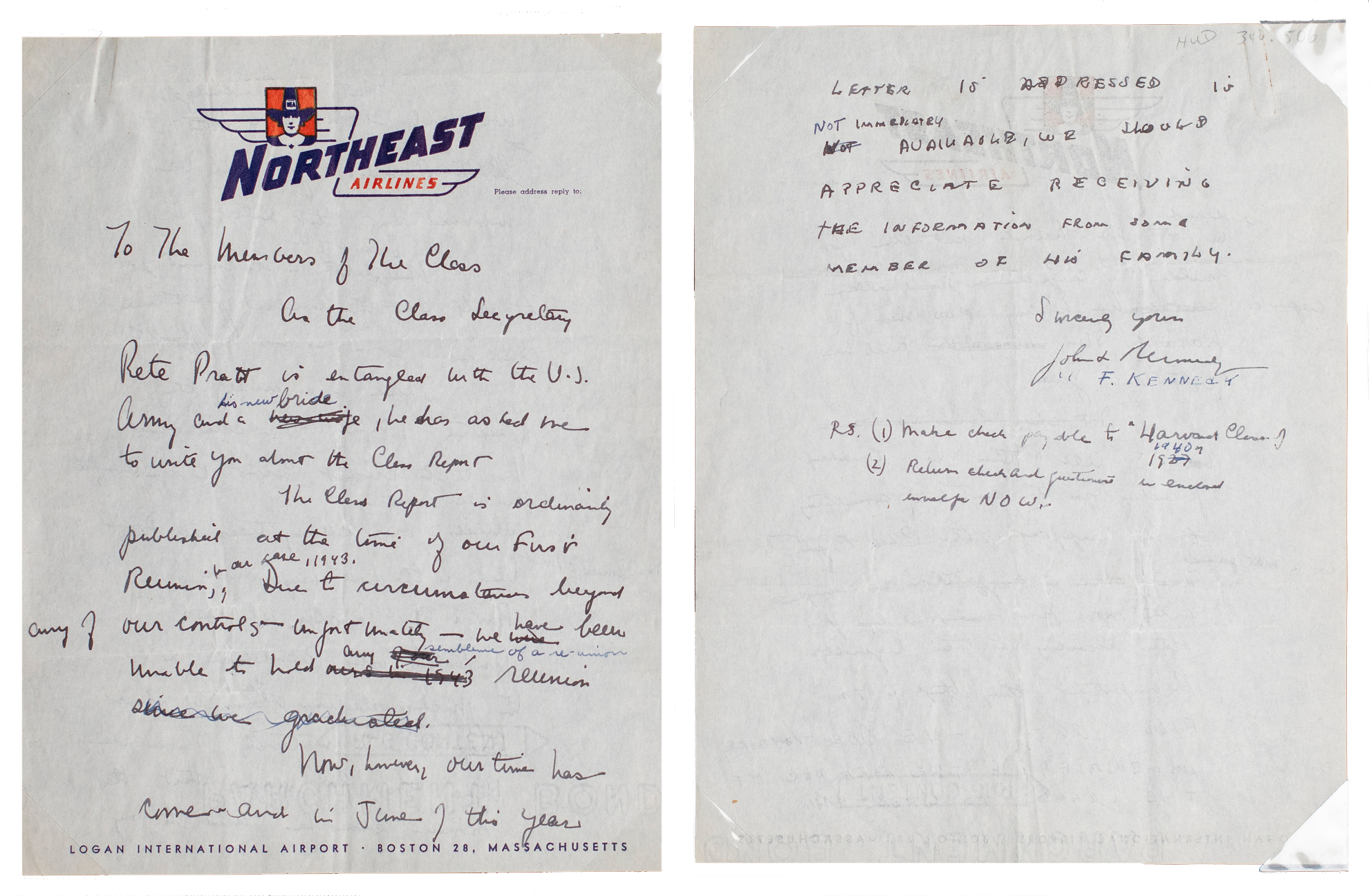
In fall 2013, I was an enthusiastic and fresh-faced new archivist on the hunt to answer a reference question about a member of the Harvard College Class of 1940. Coming up short, I cast my net wider and reviewed materials related to the class’s “correspondence, photographs, questionnaires.” While this broader search did not answer the question, I found instead a previously unknown letter — a draft, really — from John F. Kennedy to his class on this colorful letterhead.
It was my first professional “find” but more than that — it offers a light-hearted, warm, and amusing insider’s view on a complex historical figure.
— Pam Hopkins, Head of University Archives Reference Services
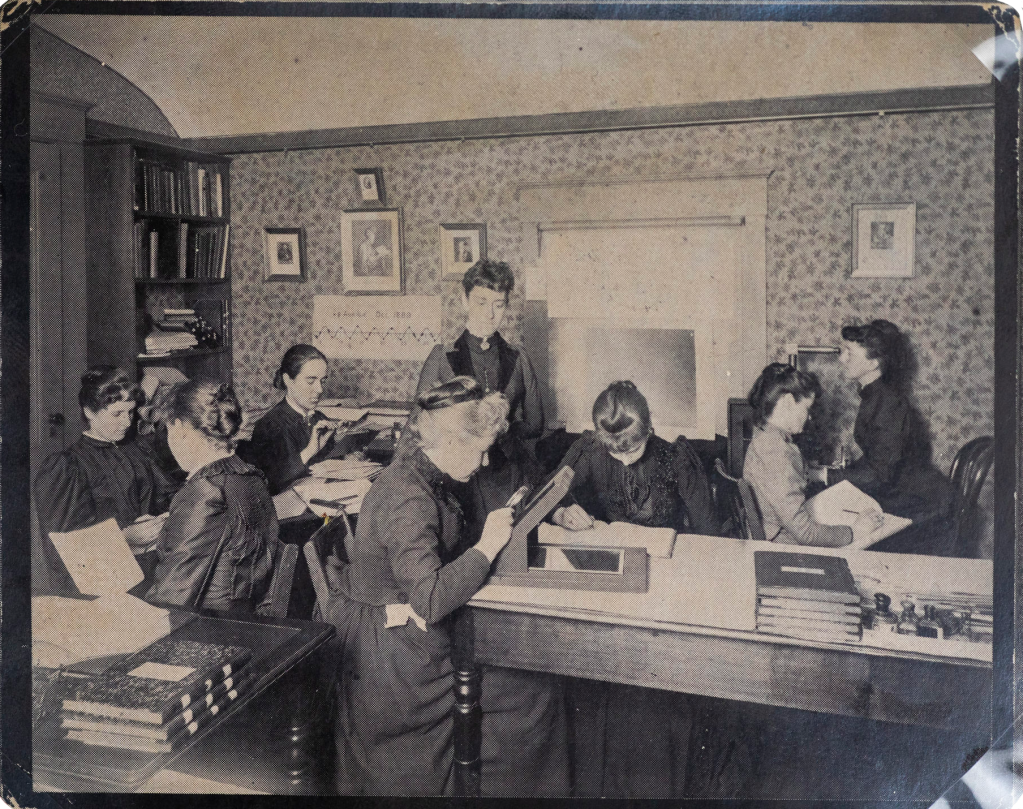
This image depicts “women astronomical computers” who were tasked with cataloging stars, studying stellar spectra, and counting galaxies, among other responsibilities, using the observatory’s glass plate negative collection. I find it compelling as it illustrates the invisible labor that continues to be done by women in the workplace. The description of the women as “computers” is both accurate in this context and foretelling of the invisible labor that supports much online content and activity today.
My own work takes place mainly in the faceless digital environment of email, databases, and spreadsheets, and I sometimes think of how close the “women computers” are to our world in both time and practice.
— Alison Macdonald, Records Manager/Archivist for Operations
This letter comes from the personal archive of Albert Bushnell Hart, professor of history and government at Harvard from 1886 to 1924. This collection was recently fully digitized, and it was my responsibility to prepare it for digitization.
The first folder in the first box I opened when I began this work contained letters Hart received in reaction to his study of race relations in the U.S. South, including this letter. These letters provide an example of the wide range of individuals who interacted with Hart’s ideas, and the diversity of ideas among them. It contains correspondence from prominent figures such as W.E.B. Du Bois and Booker T. Washington, as well as members of the public who wanted to share with Hart their thoughts on his work.
— Erin Clauss, Lead Processing Archivist

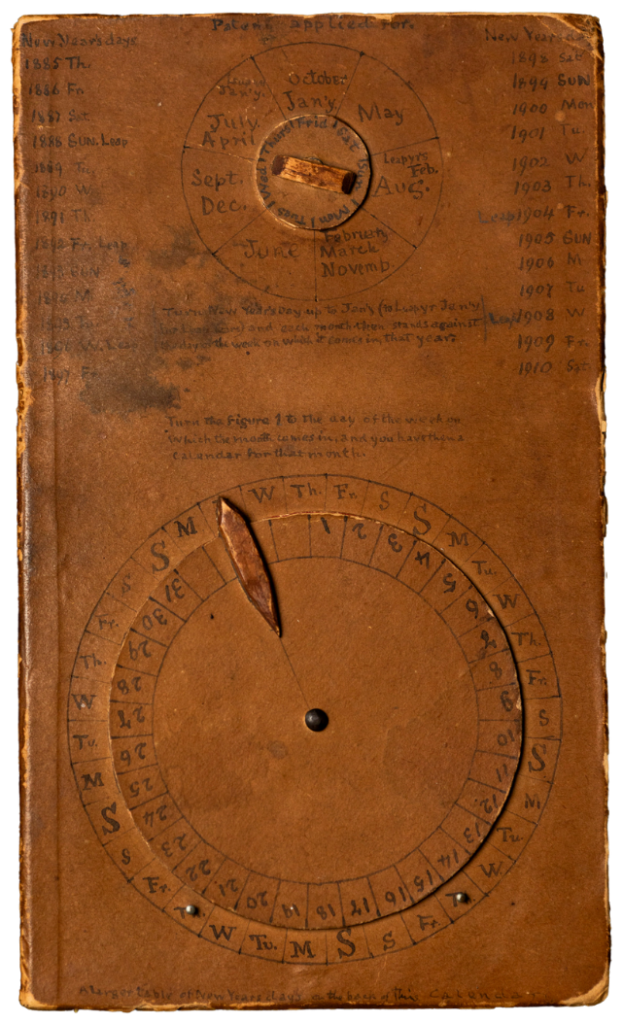
Thomas Hill (1818-1891) was president of Harvard University from 1862 to 1868. He was also a Unitarian minister, mathematician, scientist, educator, and Harvard lecturer. Throughout his life, Hill retained an interest in discovery and improvement. Hill’s perpetual calendar, a paper instrument with a rotating wheel chart, features calculations to look up any New Year’s Day from 1583 to 1996, illustrating his talents as an inventor and a devisor of scientific instruments.
I chose this item because it illustrates a Harvard president delving deeper into scientific pursuits rather than just education. When processing this collection, I was fascinated by its intricate design and historical significance. I often encounter materials outside of traditional paper records in my work, such as 3D artifacts, which provide unique storage and description challenges.
— Dominic P. Grandinetti, Processing Archivist
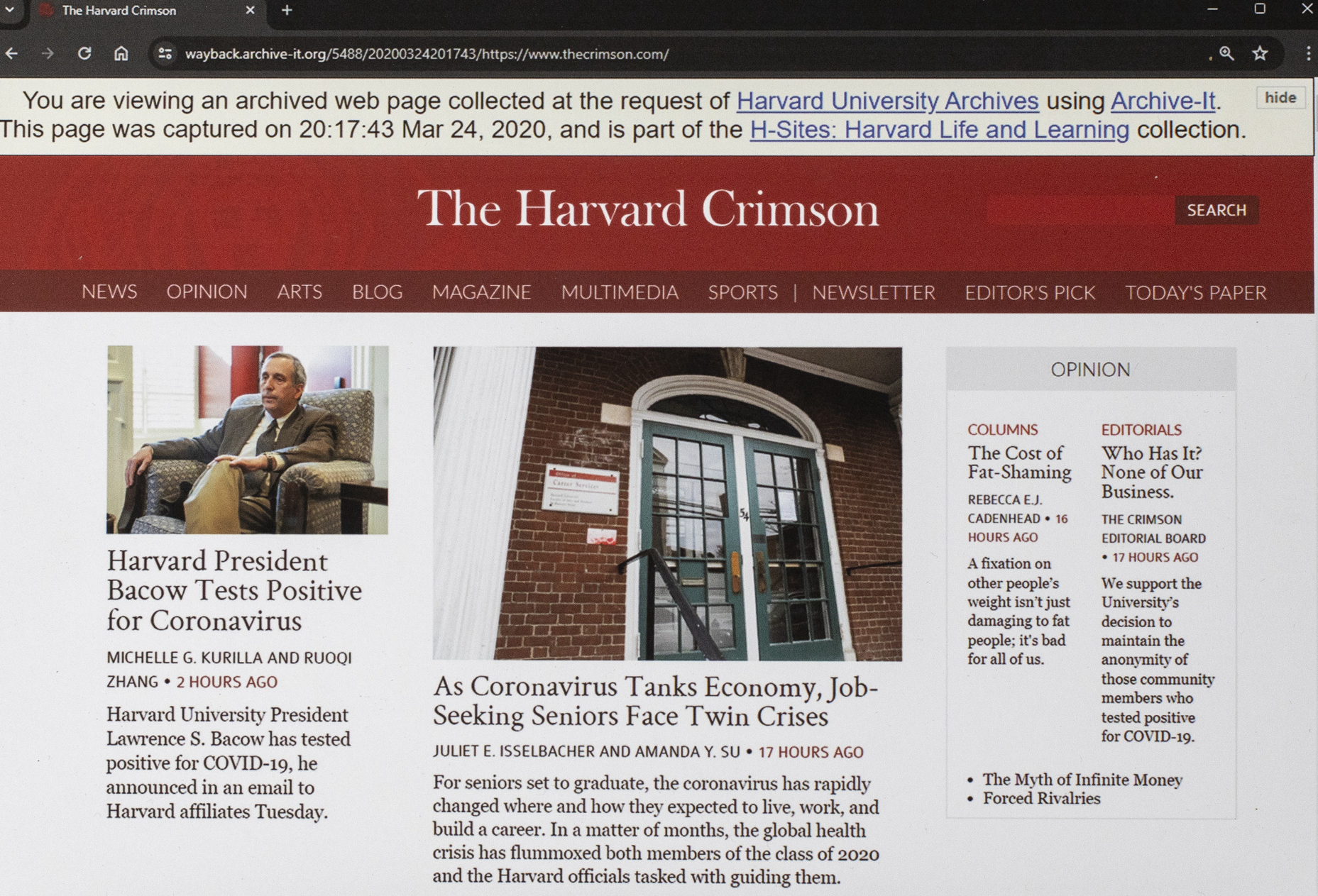
Here is a screen capture of one of our online collections documenting Harvard’s initial responses to the COVID-19 pandemic. I used digital tools to capture (or “crawl”) this online issue of the student newspaper The Harvard Crimson in March 2020 as part of my regular support of the Harvard University Archives’ robust web archiving program. It provides a snapshot of an uncertain and unprecedented time for the Harvard community and the world.
— Sean Crawford, Collection Development and Records Management Coordinator
Sketches from the Harvard Lampoon was the first donation that I personally accepted into the Harvard University Archives. As the Collection Development Archivist, part of my role is to recommend what donations should be accepted into the Archives, especially when it comes to Harvard student groups. The other part of my role is to prepare accepted donations to be added to our collection. The Harvard Lampoon is one of the oldest student groups and student publications in Harvard’s history. This special edition of the publication perfectly represents the intersection of the different parts of my role at the Archives.

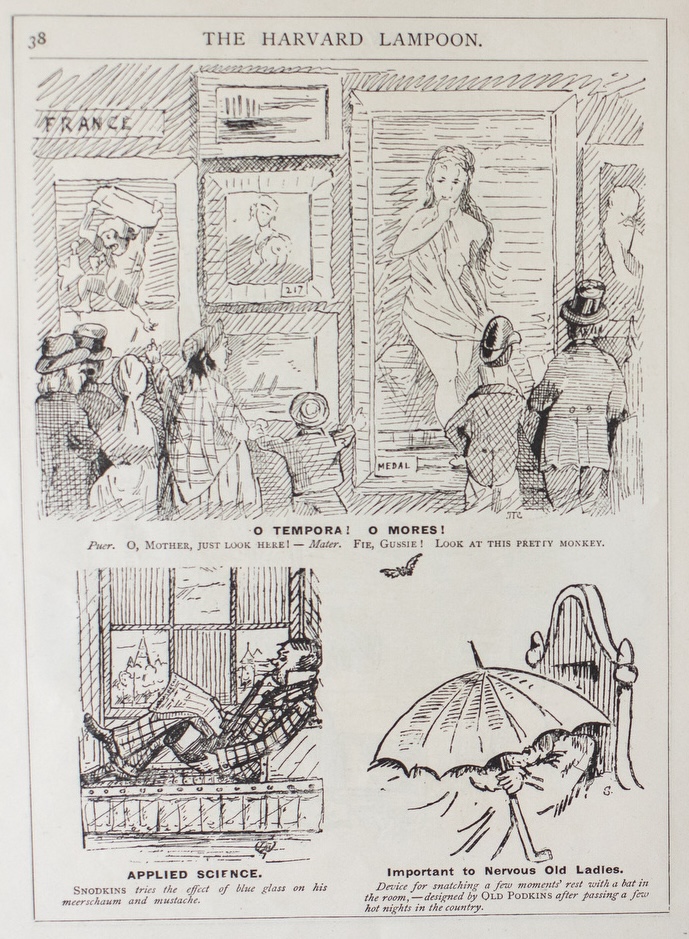
— Alexandra Dunn, Collection Development Archivist
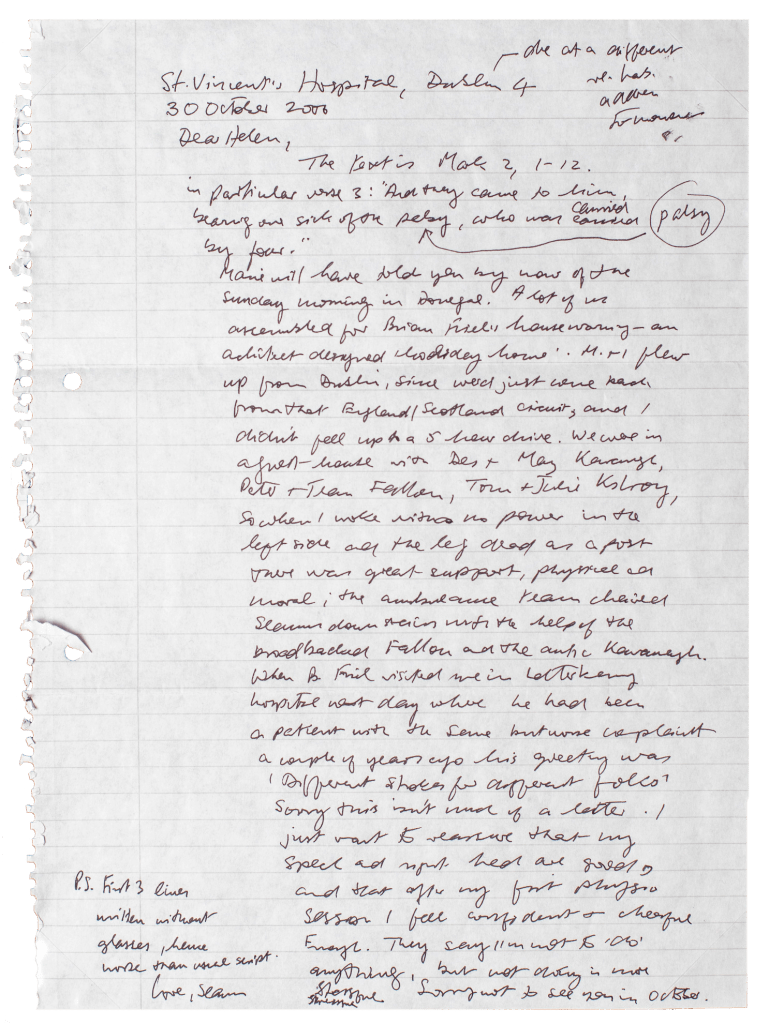
I happen upon wonderful things as I go through newly acquired collections — such as this letter from the poet Seamus Heaney to Harvard English Professor Helen Vendler (who recently died just before her 91st birthday), part of a recent accession of Vendler’s personal archive in fall 2023. As a collection development archivist, I prepare new collections for research use, inventorying the contents and housing materials safely for long-term storage.
This letter was tucked inside a folder of “first day handouts” for Vendler’s freshman poetry seminar on Walt Whitman. In it, Heaney lightheartedly describes a medical emergency he experienced while visiting the Irish playwright Brian Friel, ending with reassurance to his friend, and frustration at being told not to “do” anything.
— Heidi Horner, Collection Development & Records Management Services Assistant
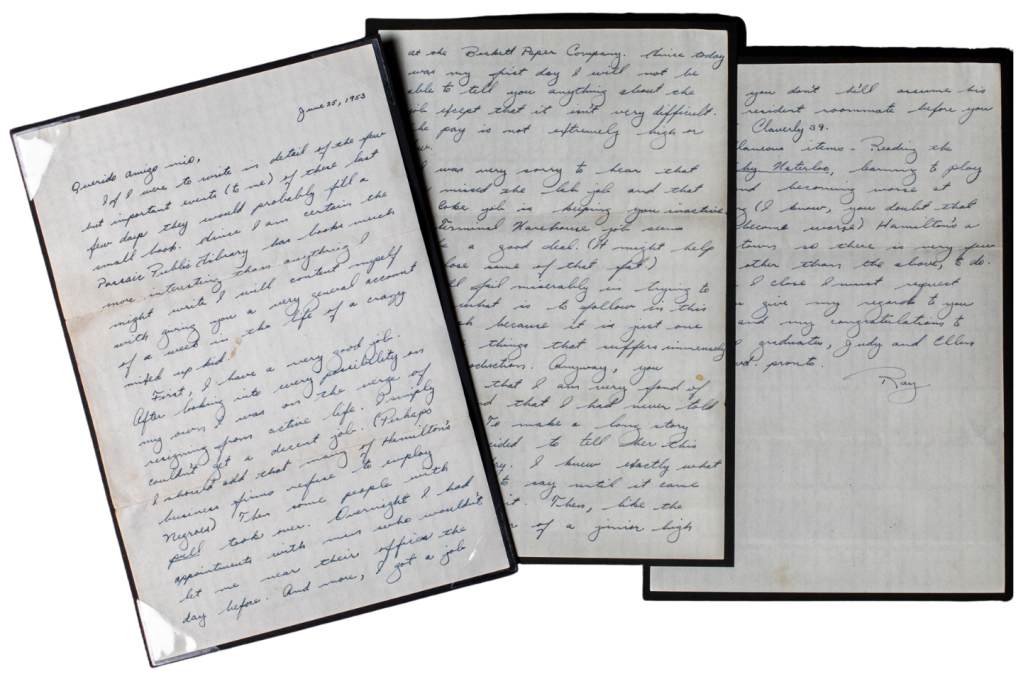
I became an archivist to ensure that archives are reflective of the world’s diverse history, people, and cultures. To that end, I primarily process collections related to under-represented or marginalized communities for Harvard Library’s Equity, Diversity, Inclusion, Belonging, and Antiracism Digitization Program. The resulting digitized collections are made publicly available online.
My favorite collections are the mundane ones. Personal letter collections, like the one this letter comes from, offer a little window into someone’s life at a certain time. This letter was written by African American Harvard student Ragan Henry ’56 to his Jewish friend and roommate, Joseph Levow Steinberg ’56, during summer break. The letter touches on racial discrimination at work, dating, and the difficulties of living in a “hick town.” But really, this letter between friends in the 1950s is not so different from text messages you’d see between college friends today.
— Jehan Sinclair, Processing and Digitization Archivist
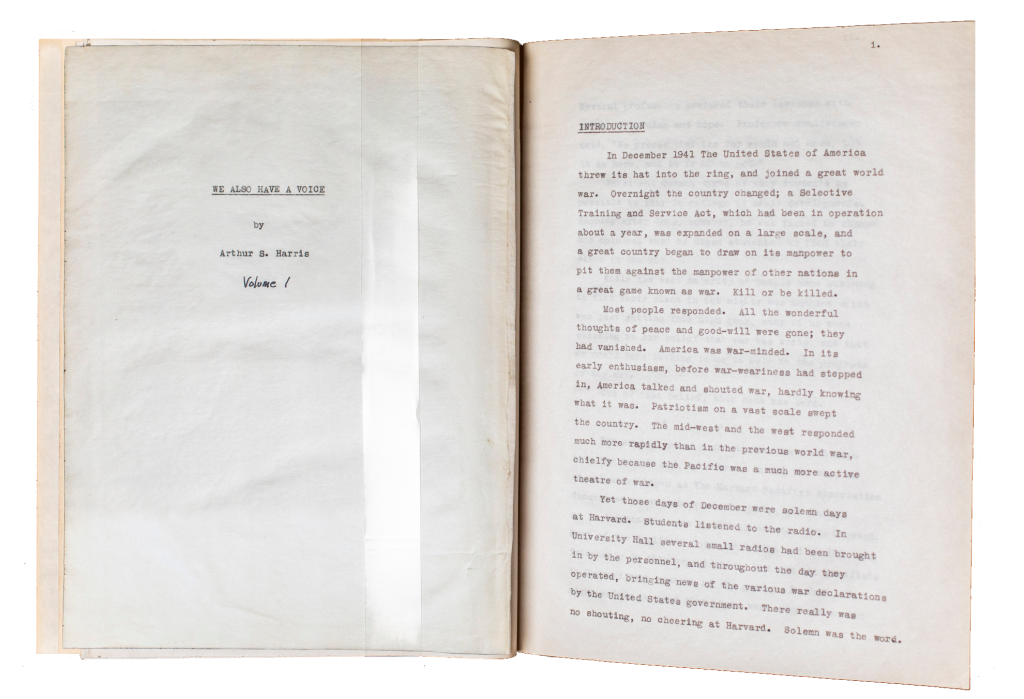
This volume contains personal accounts of nearly 20 Harvard students circa 1942 who wanted to document the reasoning behind their opposition to military service in World War II. Working with then-University Archivist Clifford K. Shipton, they deliberately and permanently placed this volume within the Harvard University Archives’ collections. They wanted their experiences, which ran counter to many of their peers’, not to be forgotten.
My daily work is to connect researchers to primary sources vital for their academic pursuits. This manuscript came to my attention as pacifism during World War II has been a longtime personal interest. It is also a vivid reminder that archives act as a place of memory.
— Ed Copenhagen, Reference Archivist

“Archives Inside Out” was curated by Emily Atkins, Ed Copenhagen, Hannah Hack, Virginia Hunt, Juliana Kuipers, Sarah Martin, Jehan Sinclair, and Caroline Tanski of the Harvard University Archives.
